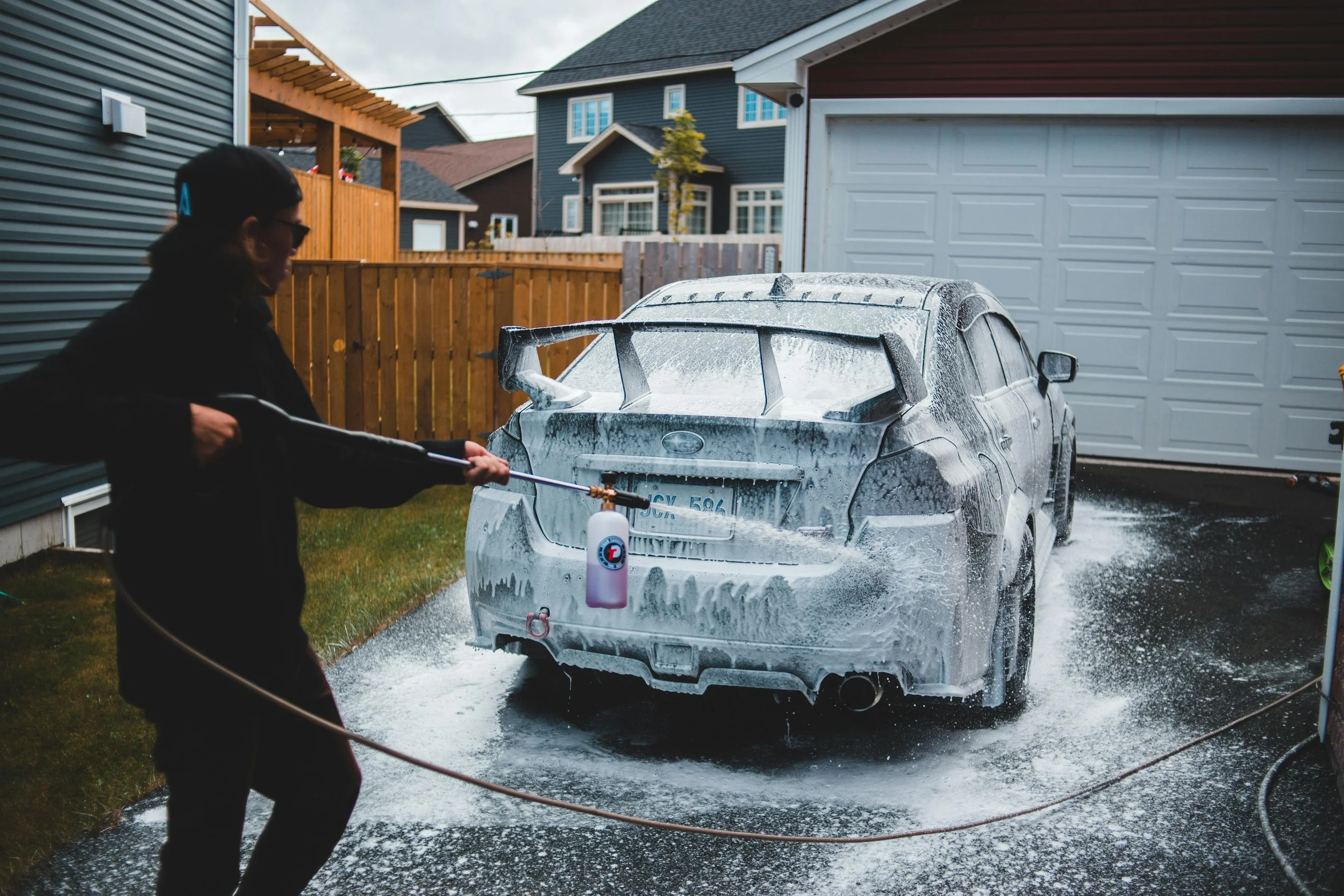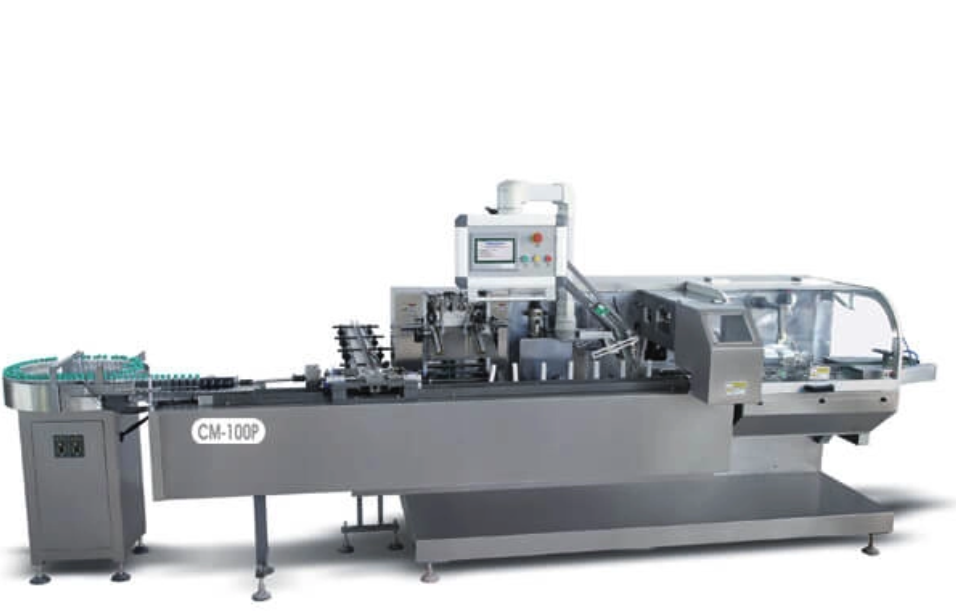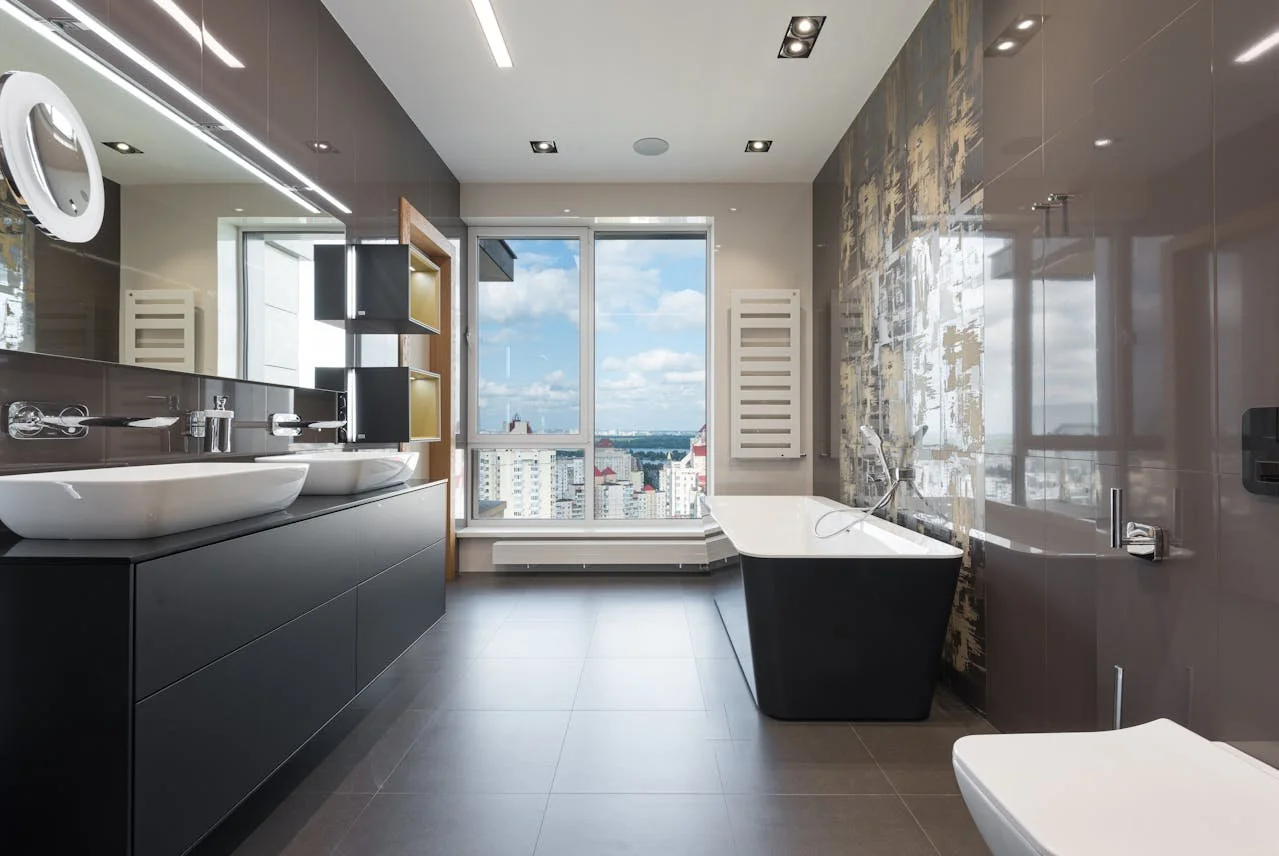10 Tips for Choosing the Right Plumbing Service
RH Business Marketing Solutions
When faced with plumbing issues, finding a trustworthy and competent service provider becomes paramount. The reliability and efficiency of your chosen plumbing service can greatly impact the resolution of problems, whether it's a minor leak or a major pipe burst.
In this guide, we'll explore 10 invaluable tips to help you navigate the process of selecting the right plumbing service for your needs. From researching online reviews to verifying credentials and asking the right questions, these insights will empower you to make an informed decision.
Whether you're dealing with a sudden emergency or planning for routine maintenance, these tips will ensure that you enlist the expertise of a plumbing service that delivers quality workmanship and exceptional customer service.
1. Research Online Reviews
Start by checking online reviews and testimonials from previous customers. Platforms like Google, Yelp, and Facebook can provide valuable insights into the quality of service provided by different plumbing companies.
2. Ask for Recommendations
Word of mouth is still one of the most reliable ways to find a good plumber. Ask friends, family, and neighbours for recommendations based on their past experiences.
3. Verify Credentials and Licenses
Before hiring a plumbing service, make sure they are properly licensed and insured. This ensures that they have the necessary skills and qualifications to handle your plumbing issues safely and effectively. For reliable plumbing services in the Inner West area, consider contacting a business like Rapid Service Plumbing who state their license numbers on the website.
4. Inquire About Experience
Experience matters when it comes to plumbing. Look for a company that has been in business for several years and has a track record of successfully solving a variety of plumbing problems.
5. Check for Emergency Services
Plumbing emergencies can happen at any time, day or night. Choose a plumbing service that offers 24/7 emergency services so you can get help when you need it most.
6. Get Multiple Quotes
Don't settle for the first plumbing service you come across. Instead, shop around and get quotes from several different companies. Compare prices, but also consider factors like reputation, experience, and customer service.
7. Ask About Guarantees
A reputable plumbing service should stand behind their work with a satisfaction guarantee. Ask about warranties or guarantees on parts and labor before hiring a plumber.
8. Inquire About Specializations
Some plumbing companies specialize in certain areas, such as residential or commercial plumbing, or specific types of repairs. Make sure the plumber you choose has experience with your particular issue.
9. Consider Communication
Good communication is essential when working with a plumber. Choose a company that is responsive to your inquiries and provides clear explanations of the work that needs to be done.
10. Trust Your Instincts
Ultimately, trust your instincts when choosing a plumbing service. If something feels off or if you don't feel comfortable with a particular company, it's okay to keep looking.
FAQs
How much does a plumbing service typically cost?
The cost of plumbing services can vary depending on the type and severity of the issue, as well as the plumber's rates. It's best to get quotes from multiple companies to compare prices.
How long does it take to fix a plumbing problem?
The time it takes to fix a plumbing issue depends on the complexity of the problem. Simple repairs like fixing a leaky faucet may only take a few minutes, while more complex issues like replacing a water heater can take several hours.
What should I do in a plumbing emergency?
In a plumbing emergency, the first step is to turn off the water supply to prevent further damage. Then, contact a plumbing service that offers emergency repairs and be prepared to describe the issue in detail.
Can I attempt to fix a plumbing problem myself?
While minor plumbing issues like unclogging a drain can often be tackled DIY, more serious problems should be left to the professionals. Attempting complex repairs without the necessary skills and experience can lead to further damage and costly repairs.
Conclusion
Choosing the right plumbing service is essential for ensuring that your plumbing issues are resolved quickly and effectively. By following these tips and doing your research, you can find a reliable plumber who meets your needs and budget. Remember to prioritize experience, credentials, and customer satisfaction when making your decision.













